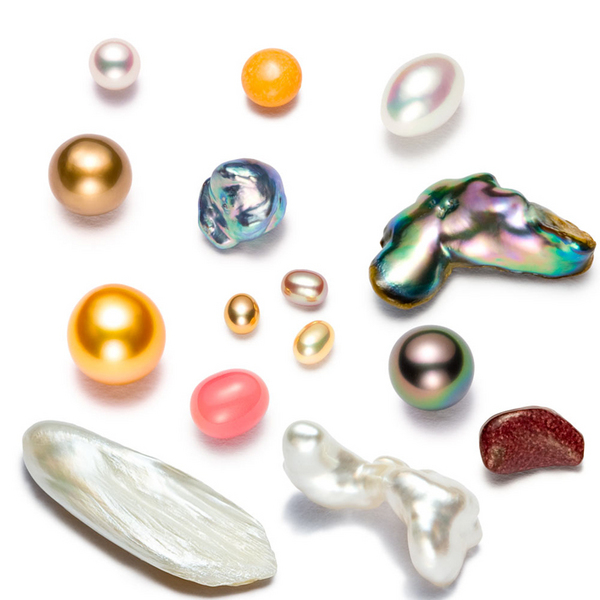


Marketing Makes Money & Money Makes The World Go Round!
Marketing is one of the most popular fields in the financial sector; unfortunately, it is also one of the least properly understood. The general investing public believe that marketing consists only of snazzy ads & catchy press releases. This misconception is so prevalent that it not only reduces the return on investment (ROI) for the investor community, it also compromises the quality of the decisions taken by company management. This issue is so serious that it can even impact the workings of the financial aspects of the welfare sector. While some people consider marketers glorified liars, the reality is that marketing is the science of telling the truth in the most digestible & peaceful way possible. In order to further drive the importance of good marketing strategies home, given below are a few examples drawn from current events that illustrate what could - or did - happen if professional marketers are under-represented in decision-making groups.
What's Wrong With The DFID?
The British Department For International Development (DFID) has been on quite a roller coaster since the last 3 months. First, the news broke that it had found itself in the embarrassing position of being caught with prohibited signals & scanning technology in Haripur, Hazara, Khyber Pakhtunkhwa, Pakistan. Next came the news that its chief Justine Greening was being asked to step aside for the current DFID chief Priti Patel. The latest is that Ms. Patel is rumored to be planning to scale down DFID commitments globally. Are these events linked? Did one lead to the other? Unless the UK Government issues a clear coherent explanation, there is a risk that the international community's faith in the DFID's financial stability will continue to erode.
Did MOL Pakistan Activities Affect Domestic Fuel Prices?
Rumor has it the MOL Group has recently been indicted for some shady dealings in Pakistan. But while there is no dearth of headlines sweeping the compass from congratulatory notes on the latest MOL gas discovery to mysterious hints of behind-the-scenes fuel smuggling operations, the question no informed party seems to have thought to address until now is what (if any) effect does MOL have on the skyrocketing energy prices in Pakistan? Asking the Federal Finance Minister is useless because he just takes it as an opportunity to do a Nancy Sinatra impression with a These-Boots-Are-Made-For-Walkin' press statement!
When Did F1 Become Small Potatoes?
Another illustrative example would be the ongoing sale of international auto racing conglomerate Formula 1. Ever since F1 chief Bernie Ecclestone's son-in-law James Stunt's younger brother Lee died in mysterious circumstances a short while ago, the until-now sedate & dignified coverage of the transaction has dissolved into a storm of suspicion & speculation as to why F1 in general & the percentage belonging to CVC Capital Partners in particular is being sold at a horrifyingly-severe discount to US company Liberty - which is rumored to be unable to afford even the discount rate & related expenses.
Can Big Soda Profits Last Longer Than The Bubbles In The Drinks?
In a similar vein, most Pakistani financial analysts & experts are at a loss to explain the recent step announced by Meezan Group to launch a new offshoot - Meezan Beverages - whose flagship product will be a fizzy drink named "Cola Next" (complete with a label design that currently looks almost identical to the Coca Cola Label), considering that Big Soda's biggest name - Coca Cola - is reportedly being gradually phased out (for "environment & health reasons") in countries as rich as New Zealand.



